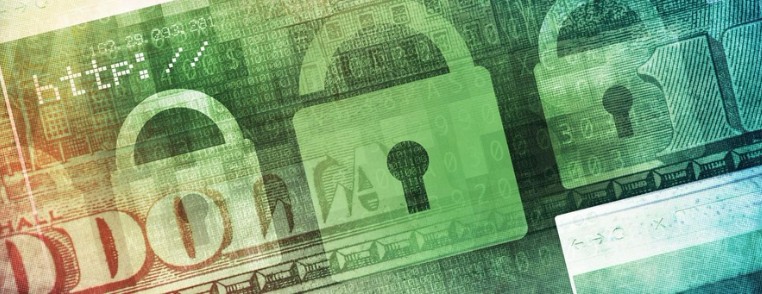Advice From Semalt – How To Protect Your Personal Data From Phishing And Malware Scams

In the current online world, users face very many threats. These threats are now taking on a new form in a bid to lure users to click on sites and links embedded with malware. Some of the commonly reported ones are such as "Update your account now!", alternatively, "You just won a cruise!", even one from the IRS claiming that it has a refund for the user.
If one is new to the phishing world, these statements may look like genuine opportunities. However, they are "bait," sent in the form of emails, texts, telephone calls, all designed to achieve one objective. They all target the user's cash, passwords, personal information, which they can use to steal identities.
The Customer Success Manager of Semalt, Andrew Dyhan, provides a valuable guideline to protecting your system from dangerous infections.

Due to the plight of online users, the IRS teamed up with the state revenue department and representatives from the tax industry to educate people on the threats to personal and financial information currently in existence. The three groups believe that by working with the afflicted, they can better come up with a solution to end this completely.
Phishing continues to pose a significant problem as it remains very effective for hackers as it works. Each day serves as an opportunity for hackers to develop a new way to bypass people's security defenses and steal money or personal data. People need to make no mistake because these activities will affect their taxes.
The main line of defense when it comes to this type of crime is not the technology used, but the user who controls it. Machines execute functions that users input, so there is no discerning the level of trust one has with the person they communicate with. Criminals will pose as individuals or organizations that the user trusts or recognizes. In some instances, they hack an acquaintance's account and use the list of contacts they have to send spam emails. Normally, they claim to be the bank, the credit card company, or even a tax software provider. Other times they may go to greater lengths to claim they are a government agency to try and increase the credibility of their claim.
One thing to remember through all this is that no legitimate organization asks for personal information using informal means of communication like emails. In addition to this, any threats or lawsuits to push a person to give out their information fits the profile of a legitimate company.

The scam emails sent to the inbox or unsecured websites are the sources of malware, which gain entry without the user's knowledge. They give criminals full access to the device and can control the data they find there to their advantage.
Follow these guidelines to help prevent this:
- Avoid all suspicious emails and if opened, do not click on the website URLs embedded there. Copy and paste the link into the address box of the browser instead.
- Take care not to fall victim to phishing scams asking to avail some information so that they can either verify or update an account.
- Do not click on any attachments sent by an unknown person.
- Only download software from known sources.
- Use security software to help block popup ads, which sometimes have viruses coded into them.
- Make sure that the whole family is well aware of safe online and computer habits.